May 20, 2025 | 08:33 GMT +7
May 20, 2025 | 08:33 GMT +7
Hotline: 0913.378.918
May 20, 2025 | 08:33 GMT +7
Hotline: 0913.378.918
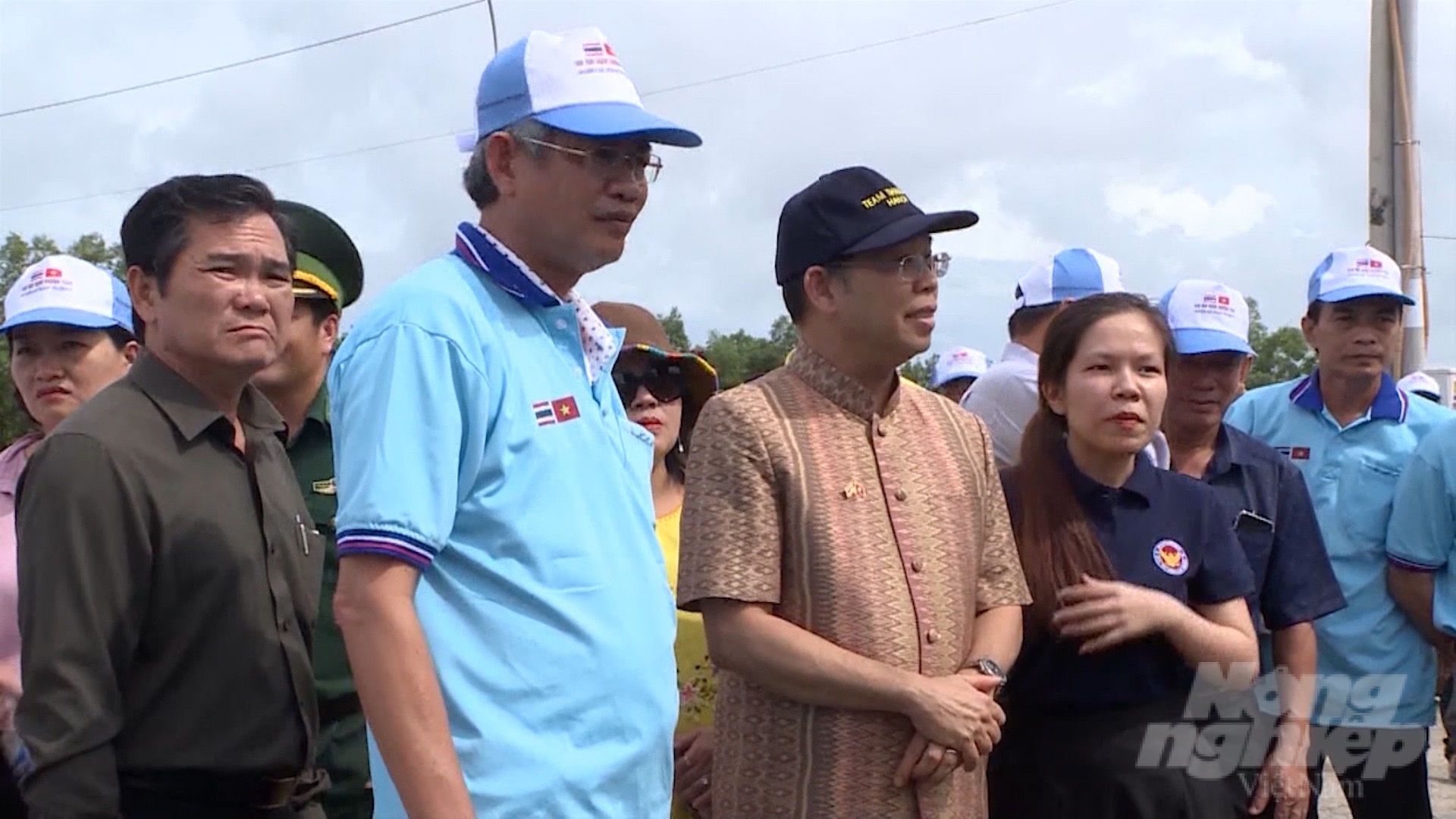
Ca Mau province's Department of Agriculture and Rural Development and the Government of Thailand co-organized the release of 500 concrete reef blocks into the West Sea. Photo: Trong Linh.
After over 3 years of implementing the Project on "Releasing artificial reefs to protect and regenerate aquatic resources in combination with tourism development in the waters of Ca Mau province", 900 blocks of concrete reefs have been dropped into the sea as shelters for the diverse marine life.
Mr. Nguyen Viet Trieu, Deputy Director of the Ca Mau province's Sub-Department of Fisheries reported: "Footage and photos of the 900 blocks of concrete reefs taken by divers within 5.6 kilometers off the coast of Ca Mau province have demonstrated the relative success of the project. Artificial reefs have provided marine species with a site to breed and inhabit away from destructive fishing gears, thereby restoring aquatic resources.

After over 3 years of implementing the Project on "Releasing artificial reefs to protect and regenerate aquatic resources in combination with tourism development in the waters of Ca Mau province", 900 blocks of concrete reefs have been dropped into the sea as shelters for the diverse marine life. Photo : Trong Linh.
With support from the Government of Thailand since 2019, Ca Mau province has released 500 concrete reef blocks into the ocean area to the west of this province to provide shelter for marine species. Following its initial success, Ca Mau province released an additional 400 blocks of concrete reefs as marine shelters under the program for "protection and development of aquatic resources ".
“In addition to the release of artificial reefs, their presence has made over 1.8 square kilometers of ocean area safe. Before we released the artificial reefs, only a few species of fish and shrimp were recorded after surveying the sea. However, after releasing the reef, we discovered 78 species, with fish having the highest density of 48 species. These findings have proven that the ecosystem is gradually recovering", explained Mr. Trieu.
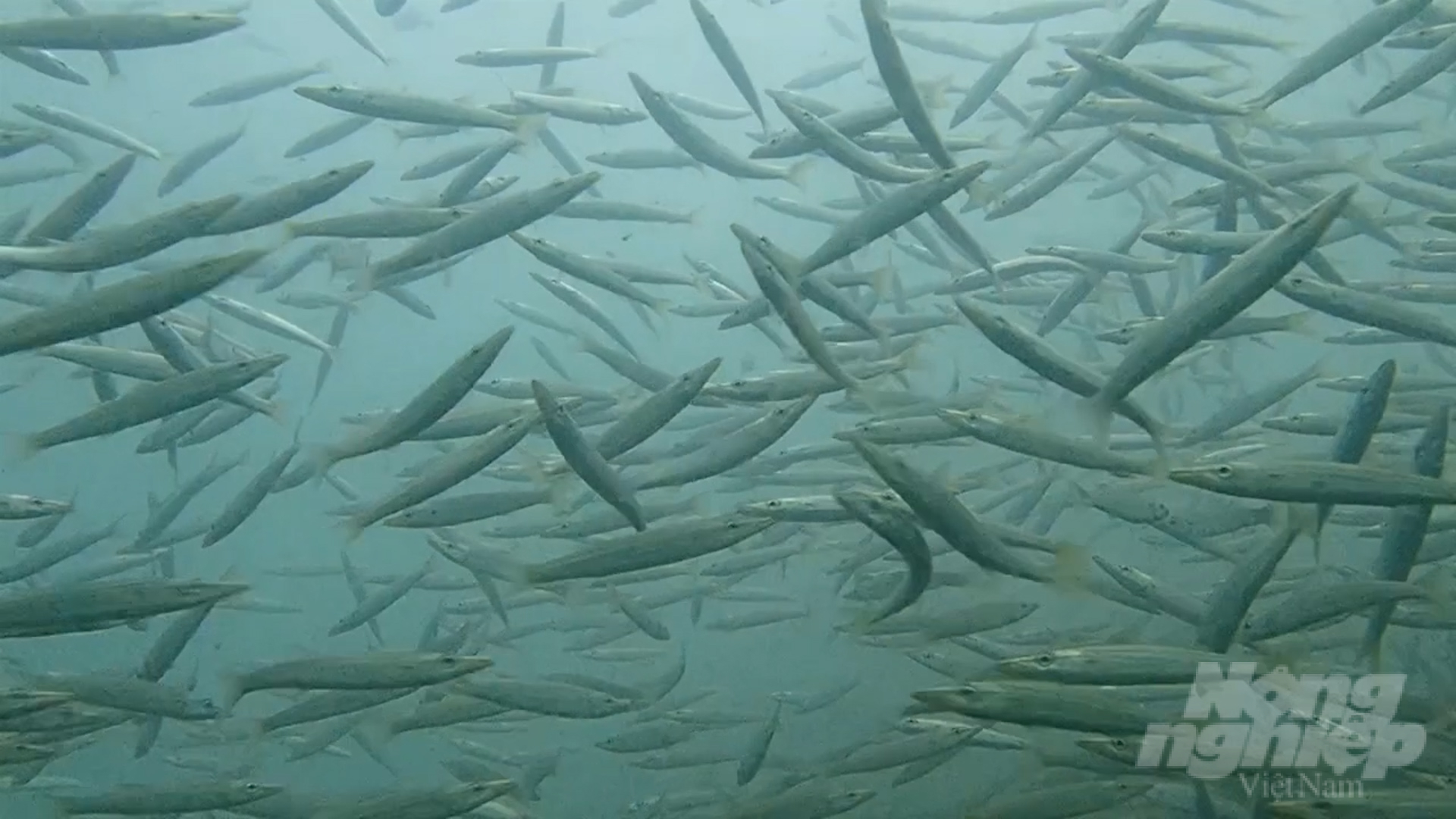
After the artificial reefs were released, the number of commercial species in the area skyrocketed, with 97 species, including 62 species of fish, 15 species of crustaceans and 20 species of molluscs. Photo: Trong Linh.
The fishery resources in the fishing grounds have greatly improved, according to the surveys on the income effectiveness of local fishermen conducted before and after the release of artificial reefs. Additionally, income from fishing activities in the area has increased noticeably. Namely, the average catch has increased by 15.4% per trip, and the profits increased by 6, 5 million VND per trip; the average catch from cage farming increased by 27.4% per trip; the average catch of squid fishing increased by 16.1% per trip; the output of squid from snail-trapping increased by 9.58% per trip.
Before releasing the artificial reef, Ca Mau province was only able to identify 40 commercial species in including 25 species of fish, 8 species of crustaceans and 7 species of molluscs. After the artificial reefs were released, the number of commercial species in the area skyrocketed, with 97 species, including 62 species of fish, 15 species of crustaceans and 20 species of molluscs.
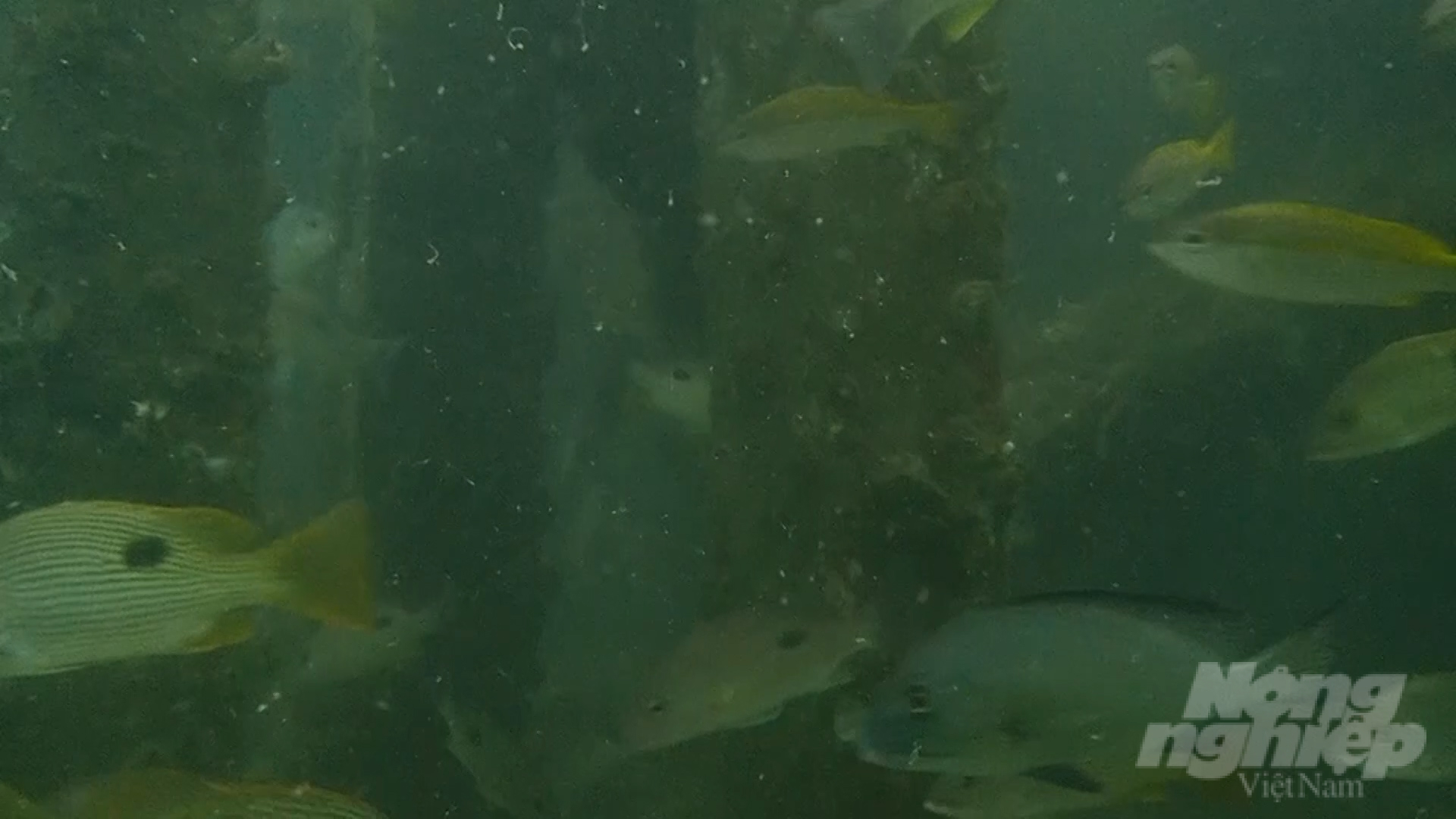
The fishery resources in the fishing grounds of Ca Mau province have greatly improved after the artificial reefs were released into the ocean. Photo: Trong Linh.
The appearance of predatory fish species such as cobia, mackerel, queenfish, barracuda, grouper, snapper, etc. shows that the natural food chain in the reef ecosystem is slowly recovering. Several species of fish with significant habitat value such as butterfly fish, paradise fish, white-tailed queen fish, etc. These species can help develop scuba diving and recreational fishing in the near future.
The awareness of the members within the group for "Co-management on the protection and development of aquatic resources, orientation for sustainable fishing" has been raised significantly. As a result, the fishing practices of local people have been adjusted to accomodate the protection of aquatic resources for sustainable exploitation.
On the other hand, Ca Mau province is determined to fight illegal IUU fishing by many forms of propaganda and advocacy, including administrative sanctions. According to Mr. Le Van Su, Vice Chairman of Ca Mau Provincial People's Committee, Ca Mau province will continue to strictly control fishing vessels entering and leaving its ports; strengthen control of unregulated fishing activities at sea.
Translated by Nguyen Hai Long
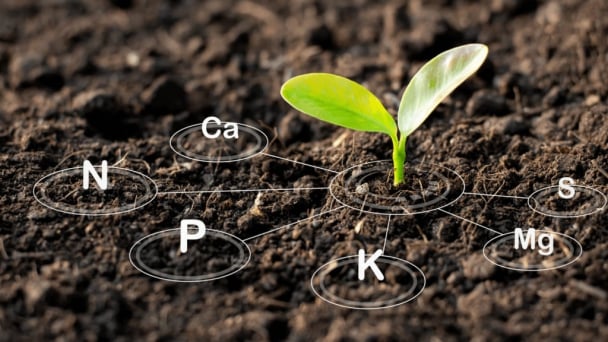
(VAN) Vietnam aims to become a 'leader' in the region in the capacity and managing effectively soil health and crop nutrition.
![Reducing emissions from rice fields: [Part 1] Farming clean rice together](https://t.ex-cdn.com/nongnghiepmoitruong.vn/608w/files/news/2025/05/05/z6509661417740_a647202949c539012a959e841c03e1d3-nongnghiep-143611.jpg)
(VAN) Growing clean rice helps reduce environmental pollution while increasing income, allowing farmers to feel secure in production and remain committed to their fields for the long term.
/2025/05/19/5136-1-144800_230.jpg)
(VAN) The Nghe An Provincial People's Committee has just approved the list of beneficiaries eligible for revenue from the Emission Reductions Payment Agreement (ERPA) in the North Central region for the year 2025.
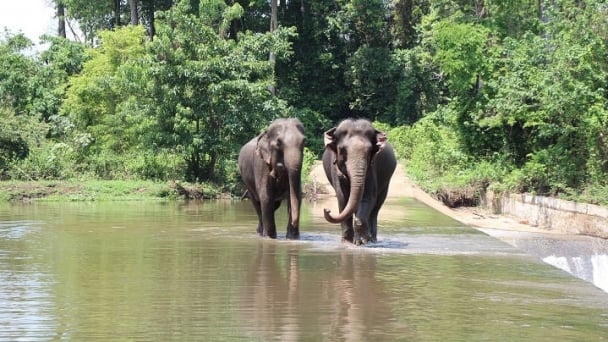
(VAN) 14 out of 35 domesticated elephants in Dak Lak province have had their living conditions improved, with 11 of them currently participating in the non-riding elephant tourism model.
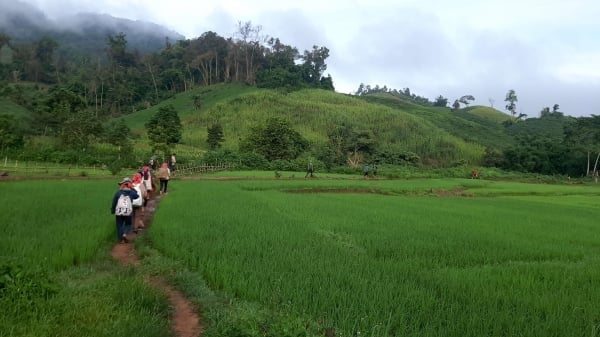
(VAN) Muong Nhe Nature Reserve hopes that being upgraded to a national park will lay the foundation for forest protection efforts to be carried out in a systematic, modern, and sustainable manner.
/2025/05/16/3923-2-171845_52.jpg)
(VAN) Lower costs, higher yields, and improved soil quality are outstanding benefits that soybeans bring when integrated into the crop rotation system.
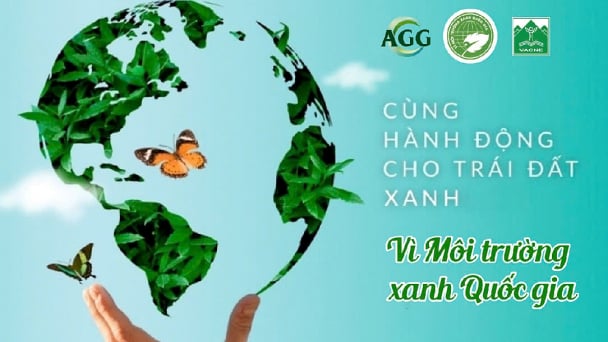
(VAN) The 'For a Green National Environment' programme aims to promote a green lifestyle, support businesses in implementing ESG practices, and turn Net Zero commitments into concrete actions.